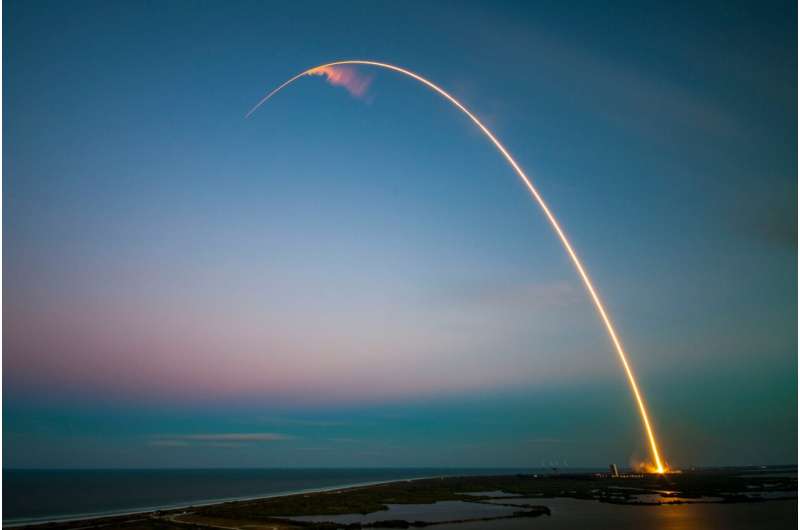The pair had suited up, ridden out to the launch pad and climbed aboard the spacecraft when teams scrubbed the attempt because of an issue with a fluttering valve on the rocket's upper Centaur stage.
The decision was made to roll the rocket back from the launch pad to ULA's nearby Vertical Integration Facility, where teams switched out the valve. A second issue involving a small helium leak on the propulsion system of the Starliner spacecraft led to more delays, so Wilmore and Williams returned to Houston where they remained in quarantine.
Teams with NASA, Boeing and ULA just last week announced they were OK with the helium leak not threatening the safety of the crew while also working a related issue that addressed the unlikely potential for multiple engines failing on the return trip home.
With the rocket cleared to launch, Wilmore and Williams flew back on their T-38 jets arriving at the former shuttle landing facility at KSC with four days to go before they will try again.
ULA plans to roll the rocket back out to the pad Wednesday.
The Commercial Crew Program was designed to break NASA's reliance on Russian Soyuz launches after the 2011 end of the Space Shuttle Program, providing ferry service from the U.S. to and from the ISS.
SpaceX's fleet of four Crew Dragons over the last four years have launched 50 humans into space across 13 flights. Its most recent, Crew-8, took four crew members to the ISS in February. They await the arrival of Williams and Wilmore on Sunday afternoon. The duo will spend about eight days on board before returning on Starliner to Earth with a desert landing planned in western United States.
If all goes well, Boeing's first contracted mission for crew rotation to the ISS could come as early as next February.
2024 Orlando Sentinel. Distributed by Tribune Content Agency, LLC.



